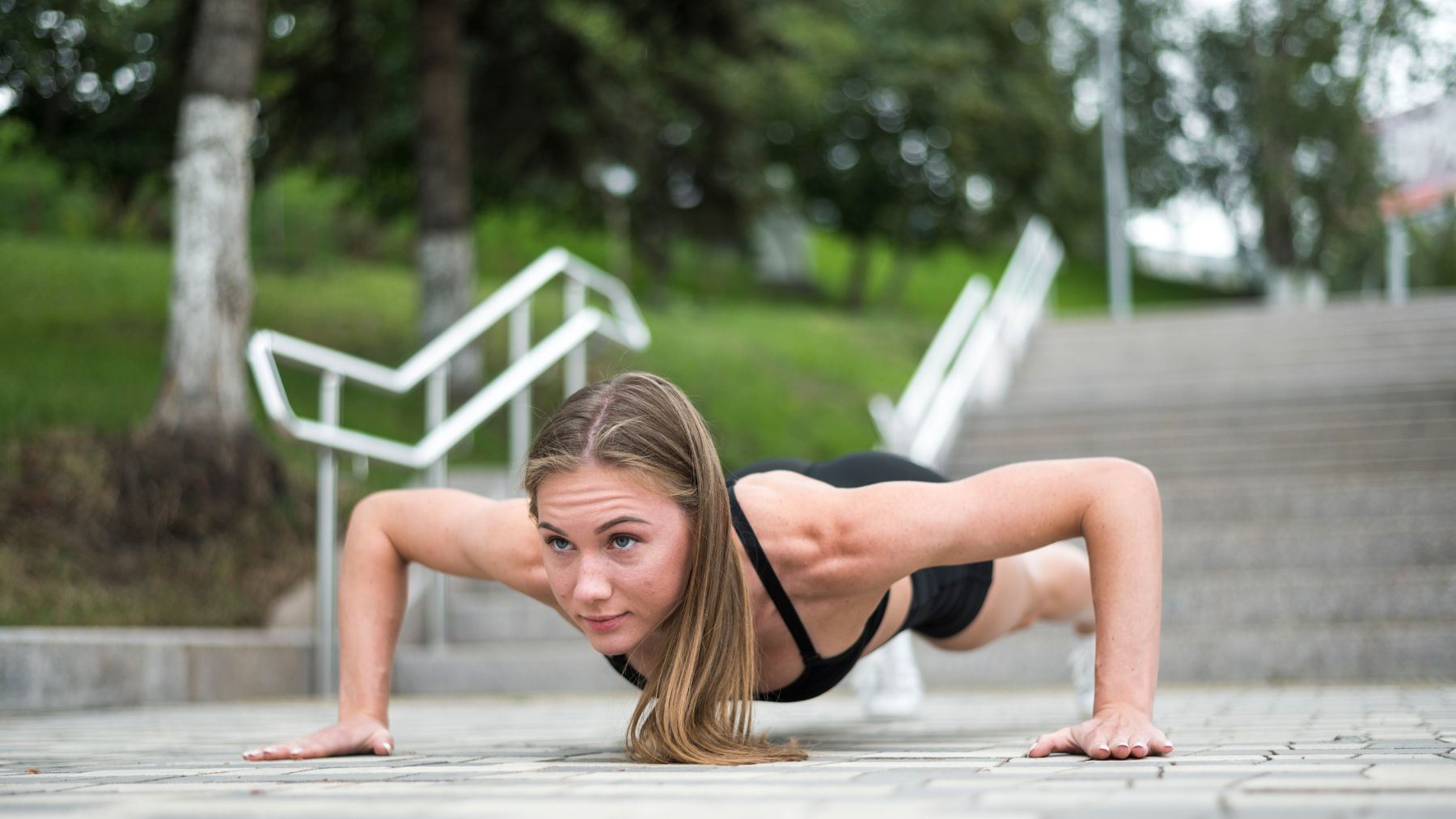When it comes to core training, many athletes rely on planks or standard push-ups. But one fitness coach recently discovered a new approach that completely changed how her body feels. After years of focusing on barbells and high-intensity routines, she found herself turning to Pilates for something gentler, yet surprisingly effective.
The shift didn’t happen overnight. It started during a stressful period, when heavy lifting and high-impact workouts felt overwhelming. Listening to her body, she decided to step away from CrossFit sessions and instead try movements that were lower intensity but still engaging. That’s how she discovered a move that not only strengthens the upper body but also mobilizes the spine and fires up the core in a whole new way.
What exercise replaced planks and push-ups?
The move that took center stage is the Pilates push-up. According to fitness editor and coach Sam Hopes, who shared her experience, this exercise delivers a unique combination of strength and mobility.
Unlike traditional push-ups, it begins with a flowing sequence: standing tall, reaching overhead, and rolling the spine down until the hands touch the mat. From there, the body walks forward into a push-up position before reversing the movement to return upright.
Unlike a static plank, this variation keeps the body in motion. Each stage — the roll down, the inchworm walk, the push-up, and the return to standing — engages different muscles. The spine gets stretched and mobilized, the hamstrings lengthen, and the core stays active throughout. For Hopes, this made the exercise feel more dynamic and more effective than simply holding a plank.
Why Pilates push-ups feel different
What makes the Pilates push-up stand out is its layered effect. First, the rolling motion down and up helps release tension in the back while opening the hamstrings. Then, walking into position mimics an inchworm, further challenging the core. Finally, the narrow-arm push-up strengthens the chest, triceps, and shoulders while requiring stability through the midsection.
Hopes notes that this combination transforms the exercise into a full-body movement. It offers stretch, strength, and activation in one sequence, without the jarring impact of other workouts. She also values the rhythmic pace of the exercise. Instead of racing through reps, the Pilates push-up encourages taking time, breathing deeply, and building strength gradually.
She often uses it as both a warm-up and a cool-down. Before lifting, it primes the body by activating the core and upper body while opening tight muscles. After training, it serves as a gentle way to release tension and move with control. Either way, it supports a more balanced approach to fitness.
The personal impact of the Pilates push-ups
For Hopes, swapping out planks and regular push-ups for this move was about more than physical strength. It aligned with her decision to prioritize lower-intensity but mindful training during a stressful time. By focusing on how her body felt rather than pushing through high-intensity routines, she discovered an exercise that provided both challenge and relief.
She describes enjoying the simple reach overhead, the release in her back as she rolls down, and the controlled engagement during each push-up. Even though her chest doesn’t always reach the floor, the focus stays on form, keeping elbows close and spine lengthened. Over time, the strength and mobility gains become clear.

